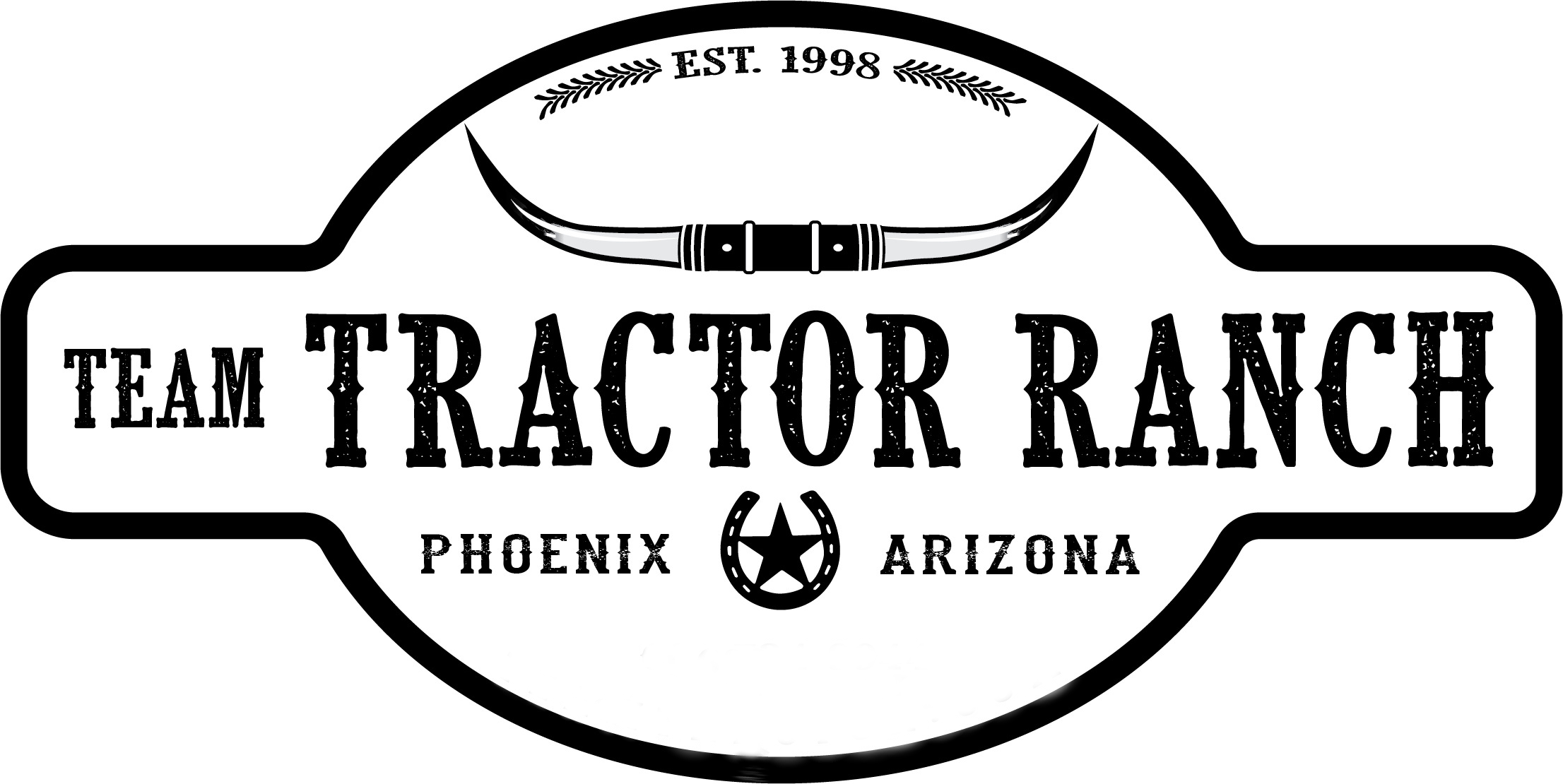How to Prevent a Deadly Tractor Rollover
We want to help you understand how to prevent a deadly tractor rollover.
And as a quick aside --- we are here to help you purchase a new tractor and implements when the time is right.
Let’s get to it.
Hazards
Agriculture is one of the most hazardous industries ---- surpassed only by mining and construction.
No other farm machine is so identified with the hazards of production agriculture as the tractor.
Tractor injuries account for approximately 32% of the fatalities and 6% of the nonfatal injuries in agriculture.
Over 50% are said to be the result of tractor rollovers.
Rollovers
The reality we cannot avoid is that tractors are very dangerous.
Rollovers account for the majority of tractor fatalities.
They can happen in a matter of seconds or even less.
There are two types of rollovers: (1) Rearward rollover and (2) a sideways rollover.
A rearward rollover occurs when a tractor tips to the rear. This happens when the rear wheels cannot rotate enough to move the machine forward.
A sideways rollover occurs when a tractor turns too sharply or on too steep of an incline.
NOTE: The wider the tractor, the more stable the machine is.
Prevention
The good news is that through awareness and practicing tractor safety --- you can save your life or someone else’s.
You can also prevent serious damage to your tractor and implements.
Here are some tips and best practices for tractor safety.
Rearward tractor rollovers can be prevented by:
- Properly stabilizing the tractor for the work to be done.
- Using tire chains, boards, and other materials to improve the traction of wheels.
- Hitching loads to the drawbar correctly.
- Avoiding driving on steep hillsides.
- Backing the tractor up steep hills.
- Changing the tractor speed gradually by applying power smoothly.
Sideway tractor rollovers can be prevented by:
- Avoiding turning at excessive speeds.
- Avoiding driving too close to the edge of roadside ditches or slopes.
- Using a tractor equipped with a Roll-Over Protection Structure.
- Properly stabilizing the tractor.
- Avoiding driving on steep hillsides.
And of course, do not operate a tractor under the influence of drugs, alcohol, or when you feel sick.
Operating a tractor safely requires 100% attention to detail.
ROPS
One of the most important safety tools in your arsenal (outside of seat belts) is the ROPS. You must have a ROPS. If you have a new tractor, it should have come standard. If you have an old tractor --- you may not have one. If not, you need to get one right away.
A rollover protection structure or rollover protection system (ROPS) is a system or structure intended to protect equipment operators and motorists from injuries caused by vehicle overturns or rollovers.
Like roll cages and rollbars in cars and trucks, a ROPS involves bars attached to the frame that maintain a space for the operator's body in the event of rollover.
Hopefully, this brief article has helped you get a very basic understanding of how to avoid rollovers and stay safer on your tractor.
For a slew of reading and video information about tractors, implements, and more rural living topics, check out our extensive information blog here.
If you need any further help or have any questions about rollovers, safety, tractors, implements, or anything else, please contact your dealer, local mechanic, or call us at 602-734-9944. Please ask about our current new and used tractor supply.
Team Tractor Ranch - #1 Tractor Dealer in Arizona. We sell and service most major brands of tractors including Yanmar, Kubota, John Deere, TYM, Mahindra, Kioti, Case, New Holland, Massey Ferguson, Ford, Deutz, Case IH, Farmall, International Harvester, Branson Tractors, LS, Shibura, Claas Tractor, McCormick Tractors, Valtra, Solis, YTO, Montana, and Nortrac.






